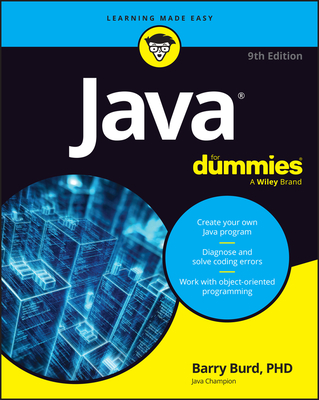Assessing and Managing Project Risk Training in Bridgeport
|
We offer private customized training for groups of 3 or more attendees.
|
||
Course Description |
||
| This course focuses on one of the nine knowledge areas of project management, Risk Management.
Risk Management focuses on dealing with the inevitable negative events which could occur on the project and how to decrease the probability of those events or decrease the impact they will have on the project and also, dealing with the potential opportunities which could occur on the project and how to increase the probability of those events or increase the impact they will have on the project. In order for the risks of the project to be properly defined it is necessary to interface with the key stakeholders of the project. As with the other aspects of project planning, the risk plan should by no means be developed "in a vacuum." Different techniques from one-on-oneinterviews to team workshops should be utilized.
This course is designed to give you a working knowledge of risk management for projects. You will be able to use these concepts the very next day on your projects thus giving you the edge over your competition. This course follows the best practices for Project Risk Management as outlined in the Guide to the Project Management Body of Knowledge (PMBOK Guide) from the Project Management Institute (PMI).
Course Length: 2 Days
Course Tuition: $790 (US) |
||
Prerequisites |
|
| Some experience in project management is recommended but not required. | |
Course Outline |
|
1. Why Project Risk Management? Use of Risk Management Timing of Risk Management Can You Eliminate All Risks? Levels of Uncertainty Movement of Risk Project Life Cycle & Project Risk Proactive Risk Management Risk Management Scenario Reactive vs. Proactive Proactive Risk Management Communications with Project Stakeholders Project Stakeholders Definition Risk Management & Project Stakeholders Benefits & Uses of Risk Data The Project Risk Management Process Risk Management and the Five Process Groups Knowledge Areas vs. Process Groups The Risk Management Process Risk Management Six Elements 2. Plan Risk Management The Risk Management Process Inputs Tools & Techniques Steps Outputs 3. Identify Risks The Risk Management Process Inputs Tools & Techniques Risk Naming Convention Root Risk Internal vs. External Cause Effects Opportunities 100% vs. 0% Probability When are You Done? Outputs 4. Perform Qualitative Risk Analysis The Risk Management Process Inputs Tools & Techniques Probability and Impact Matrix Outputs 5. Perform Quantitative Risk Analysis The Risk Management Process Inputs Tools & Techniques Expected Monetary Value Standard Deviation Curve Outputs 6. Plan Risk Responses The Risk Management Process Tools & Techniques Transference vs. Contract Types Risk Level vs. Contract Types Probability and Impact Matrix High Likelihood Risk Response Outputs 7. Monitor & Control Risks The Risk Management Process Inputs Tools & Techniques Outputs |
Course Directory [training on all levels]
- .NET Classes
- Agile/Scrum Classes
- AI Classes
- Ajax Classes
- Android and iPhone Programming Classes
- Azure Classes
- Blaze Advisor Classes
- C Programming Classes
- C# Programming Classes
- C++ Programming Classes
- Cisco Classes
- Cloud Classes
- CompTIA Classes
- Crystal Reports Classes
- Data Classes
- Design Patterns Classes
- DevOps Classes
- Foundations of Web Design & Web Authoring Classes
- Git, Jira, Wicket, Gradle, Tableau Classes
- IBM Classes
- Java Programming Classes
- JBoss Administration Classes
- JUnit, TDD, CPTC, Web Penetration Classes
- Linux Unix Classes
- Machine Learning Classes
- Microsoft Classes
- Microsoft Development Classes
- Microsoft SQL Server Classes
- Microsoft Team Foundation Server Classes
- Microsoft Windows Server Classes
- Oracle, MySQL, Cassandra, Hadoop Database Classes
- Perl Programming Classes
- Python Programming Classes
- Ruby Programming Classes
- SAS Classes
- Security Classes
- SharePoint Classes
- SOA Classes
- Tcl, Awk, Bash, Shell Classes
- UML Classes
- VMWare Classes
- Web Development Classes
- Web Services Classes
- Weblogic Administration Classes
- XML Classes






